Home>Furniture & Design>Interior Design Trends>How To Remove Goo Gone Residue From Glass
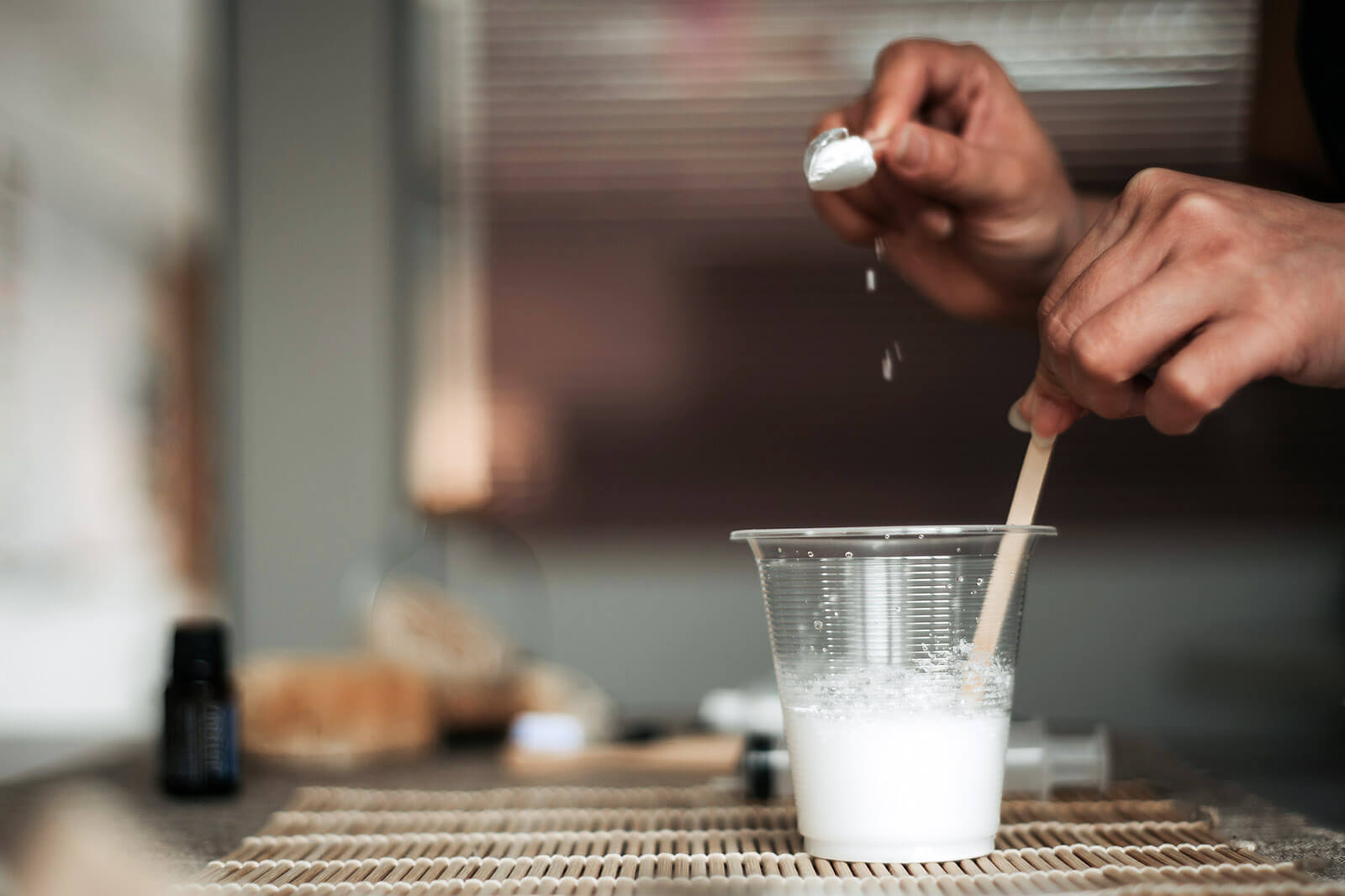

Interior Design Trends
How To Remove Goo Gone Residue From Glass
Modified: February 18, 2024
Learn how to effectively remove Goo Gone residue from glass with these interior design trends. Say goodbye to sticky messes and hello to sparkling clean surfaces!
(Many of the links in this article redirect to a specific reviewed product. Your purchase of these products through affiliate links helps to generate commission for Storables.com, at no extra cost. Learn more)
Introduction
Goo Gone is a popular adhesive remover that effectively eliminates sticky residues left behind by stickers, tape, and other adhesives. While it excels at its job, it can sometimes leave behind its own stubborn residue when used on glass surfaces. This can be frustrating, as the purpose of using Goo Gone is to leave surfaces clean and residue-free. However, fear not, as there are effective methods for removing Goo Gone residue from glass without causing damage or scratches.
In this article, we will explore various techniques for safely and efficiently removing Goo Gone residue from glass surfaces. Whether it's a lingering film or sticky patches, these methods will help restore the pristine appearance of your glass items. From using common household ingredients like vinegar and baking soda to utilizing rubbing alcohol and commercial glass cleaners, we will cover a range of solutions to address this common issue.
By understanding the nature of Goo Gone residue and the appropriate methods for its removal, you can regain the clarity and shine of your glass surfaces. Let's delve into the details of these techniques and discover how to bid farewell to Goo Gone residue, ensuring that your glass items remain spotless and gleaming.
Key Takeaways:
- Say goodbye to Goo Gone residue on glass with vinegar, rubbing alcohol, baking soda, or commercial glass cleaner. Follow precautions for safe and effective removal, restoring glass surfaces to their pristine condition.
- Use gentle methods like vinegar and water, rubbing alcohol, or baking soda to remove Goo Gone residue from glass. Remember to spot test, apply with care, and ensure proper ventilation for a successful cleaning process.
Read more: How To Get Goo Gone Off Glass
Understanding Goo Gone Residue
When Goo Gone is applied to glass surfaces to remove adhesive residues, it typically accomplishes the task effectively. However, in some instances, it can leave behind its own residue, which manifests as a thin film or sticky patches. This residue is often the result of the chemicals in Goo Gone bonding with the adhesive or dirt on the glass surface, creating a new layer that can be challenging to remove.
The composition of Goo Gone residue can vary based on factors such as the type of adhesive it was initially used to remove, the duration of its application, and the environmental conditions. This residue may appear as a slightly greasy film or as sticky patches that detract from the clarity and smoothness of the glass surface.
Understanding the nature of Goo Gone residue is crucial for selecting the most effective removal method. It's important to note that traditional glass cleaners may not be sufficient for eliminating Goo Gone residue, as it requires targeted techniques and ingredients to dissolve and lift the stubborn residue without damaging the glass.
By comprehending the characteristics of Goo Gone residue, you can approach its removal with the appropriate methods and solutions, ensuring that the glass surfaces are restored to their pristine state. In the following sections, we will explore various techniques and remedies tailored to effectively address the specific challenges posed by Goo Gone residue on glass.
Methods for Removing Goo Gone Residue from Glass
When it comes to removing Goo Gone residue from glass, there are several effective methods that can restore the pristine appearance of the surface. These techniques are tailored to address the specific challenges posed by Goo Gone residue, ensuring that the glass is thoroughly cleaned without causing damage.
Using Vinegar and Water
Vinegar is a versatile household ingredient known for its cleaning properties. When it comes to removing Goo Gone residue from glass, a solution of vinegar and water can be highly effective. Simply mix equal parts of white vinegar and water in a spray bottle, then generously apply the solution to the affected glass surface. Allow it to sit for a few minutes to penetrate the residue, then wipe the glass clean with a microfiber cloth. The acidic nature of vinegar helps to dissolve the Goo Gone residue, while the water acts as a gentle diluent, making this method safe for most glass surfaces.
Using Rubbing Alcohol
Rubbing alcohol, also known as isopropyl alcohol, is another powerful solution for tackling Goo Gone residue on glass. Its high evaporation rate and solvent properties make it effective in breaking down the residue without leaving streaks or marks. To use this method, dampen a clean cloth with rubbing alcohol and gently rub the affected area. The residue should start to dissolve, allowing you to wipe it away with a separate clean cloth. This method is particularly useful for stubborn or adhesive-heavy residue, as the alcohol effectively cuts through the Goo Gone residue, leaving the glass clean and clear.
Read more: How To Remove Tape Residue From Glass
Using Baking Soda and Water
Baking soda is renowned for its gentle abrasive properties, making it an excellent option for removing Goo Gone residue from glass without causing scratches. Create a paste by mixing baking soda with a small amount of water, then apply it to the affected area. Gently rub the paste onto the residue using a soft cloth or sponge, allowing the mild abrasiveness of the baking soda to lift the residue from the glass. Once the residue is loosened, rinse the glass with water and wipe it dry to reveal a residue-free surface.
Using Commercial Glass Cleaner
In some cases, a commercial glass cleaner specifically formulated for removing tough residues may be the most convenient solution. Look for a cleaner designed to tackle adhesive or sticky residues, and follow the manufacturer's instructions for application. These specialized cleaners are formulated to break down and lift stubborn residues, including Goo Gone residue, leaving the glass sparkling clean without the need for additional steps.
By employing these targeted methods, you can effectively remove Goo Gone residue from glass surfaces, restoring their clarity and shine. Each technique offers a tailored approach to address the specific challenges posed by Goo Gone residue, ensuring that your glass items remain clean and pristine.
Using Vinegar and Water
Vinegar, a staple in many households, is renowned for its versatile cleaning properties. When it comes to removing Goo Gone residue from glass surfaces, a simple yet effective solution can be created using vinegar and water. This method offers a natural and non-toxic approach to tackling stubborn residue, ensuring that the glass is thoroughly cleaned without the use of harsh chemicals.
To begin, prepare a solution by mixing equal parts of white vinegar and water in a spray bottle. Once the solution is ready, generously apply it to the glass surface affected by the Goo Gone residue. The acidic nature of vinegar plays a key role in dissolving the residue, while the water acts as a gentle diluent, making this method safe for most glass surfaces.
After applying the vinegar and water solution, allow it to sit for a few minutes. This dwell time is essential as it allows the acidic properties of the vinegar to penetrate the Goo Gone residue, effectively breaking it down for easier removal. During this time, the solution works to loosen the residue, making it more receptive to the cleaning process.
Following the dwell time, use a clean microfiber cloth to gently wipe the glass surface. The microfiber cloth is ideal for this task as it is soft and non-abrasive, ensuring that the glass is not scratched during the cleaning process. As you wipe the surface, you will notice the Goo Gone residue being lifted and dissolved by the vinegar and water solution, revealing a clean and clear glass surface underneath.
It is important to ensure thorough coverage of the affected area with the vinegar and water solution, especially for persistent or extensive residue. For larger surfaces, such as glass tabletops or windows, working in sections can help ensure that the entire area is effectively treated.
Once the residue has been removed, a final wipe with a clean, dry microfiber cloth can be used to ensure that the glass surface is left sparkling and residue-free. This method not only effectively eliminates Goo Gone residue but also leaves the glass with a streak-free and polished appearance.
By utilizing the natural cleaning power of vinegar and water, you can confidently address Goo Gone residue on glass surfaces, restoring their pristine condition without the need for harsh chemicals or abrasive techniques. This method offers a gentle yet effective approach to removing residue, ensuring that your glass items remain clean, clear, and free from Goo Gone remnants.
Using Rubbing Alcohol
When it comes to effectively tackling Goo Gone residue on glass surfaces, rubbing alcohol emerges as a powerful and versatile solution. Also known as isopropyl alcohol, rubbing alcohol possesses high evaporation rates and solvent properties, making it an ideal candidate for breaking down and removing stubborn residues without leaving streaks or marks.
To initiate the process, begin by dampening a clean cloth with rubbing alcohol. It's important to ensure that the cloth is clean and free from any debris that could potentially scratch the glass surface. Once the cloth is dampened with rubbing alcohol, gently but firmly rub the affected area where the Goo Gone residue is present. The solvent properties of the alcohol work to effectively dissolve the residue, allowing it to be lifted from the glass surface.
As you begin to rub the affected area, you may notice the residue starting to dissolve and loosen. This is a positive indication that the rubbing alcohol is effectively breaking down the Goo Gone residue, making it easier to remove. It's important to exercise patience during this process, especially for more stubborn or adhesive-heavy residue, as the alcohol works to penetrate and dissolve the residue for thorough removal.
Following the application of rubbing alcohol and the subsequent dissolution of the residue, it's essential to use a separate clean cloth to wipe away the dissolved residue. This secondary cloth ensures that the residue is effectively lifted from the glass surface, leaving it clean and clear. It's advisable to use a gentle wiping motion to prevent any potential streaking or smudging, allowing the glass to regain its pristine appearance.
For larger or more extensive areas affected by Goo Gone residue, it may be beneficial to work in sections, ensuring that each area receives thorough treatment with rubbing alcohol. This approach allows for focused attention on each section, ensuring that the residue is effectively dissolved and removed from the glass surface.
The use of rubbing alcohol offers a targeted and efficient method for addressing Goo Gone residue on glass surfaces. Its solvent properties and evaporation rate make it particularly effective for breaking down and removing stubborn residues, leaving the glass clean and clear without the need for abrasive techniques or harsh chemicals.
By incorporating rubbing alcohol into your cleaning regimen, you can confidently tackle Goo Gone residue on glass surfaces, restoring their pristine condition and ensuring that they remain free from lingering remnants of adhesive remover.
Read more: How To Remove Sticker Residue From Glass
Using Baking Soda and Water
When it comes to effectively addressing Goo Gone residue on glass surfaces, the combination of baking soda and water offers a gentle yet powerful solution. Baking soda, also known as sodium bicarbonate, is renowned for its mild abrasive properties, making it an excellent option for removing residue without causing scratches or damage to the glass.
To initiate the process, create a paste by mixing baking soda with a small amount of water. The resulting paste should have a spreadable consistency, allowing it to adhere to the affected areas of the glass surface. The mild abrasive nature of baking soda plays a key role in lifting the Goo Gone residue, making it easier to remove without compromising the integrity of the glass.
Once the paste is prepared, apply it directly to the areas of the glass affected by the Goo Gone residue. Using a soft cloth or sponge, gently rub the paste onto the residue, ensuring thorough coverage of the affected areas. The mild abrasiveness of the baking soda works to loosen the residue, allowing it to be lifted from the glass surface without causing damage.
As the paste is applied and gently rubbed onto the residue, you may notice the residue starting to loosen and dissolve. This is a positive indication that the baking soda is effectively working to break down the Goo Gone residue, making it more receptive to removal. It's important to exercise patience during this process, especially for more stubborn or adhesive-heavy residue, as the baking soda works to gradually lift the residue from the glass surface.
Following the application of the baking soda paste and the subsequent dissolution of the residue, rinse the glass surface thoroughly with water. This step is crucial to ensure that all traces of the baking soda and dissolved residue are completely removed, leaving the glass surface clean and clear. Once rinsed, use a clean, dry cloth to wipe the glass surface, revealing a residue-free and polished appearance.
The use of baking soda and water provides a gentle yet effective method for addressing Goo Gone residue on glass surfaces. Its mild abrasive properties make it particularly suitable for removing residue without causing damage, ensuring that the glass remains clean and clear. By incorporating this natural and non-toxic solution into your cleaning routine, you can confidently restore glass surfaces to their pristine condition, free from the remnants of adhesive remover.
Using Commercial Glass Cleaner
In some instances, utilizing a commercial glass cleaner specifically formulated for removing tough residues can be a convenient and effective solution for addressing Goo Gone residue on glass surfaces. These specialized cleaners are designed to break down and lift stubborn residues, including Goo Gone residue, without the need for additional steps or extensive manual effort.
When selecting a commercial glass cleaner for this purpose, it is essential to choose a product that is specifically formulated to tackle adhesive or sticky residues. These cleaners often contain powerful yet gentle solvents that effectively dissolve and lift the residue from the glass surface without causing damage or streaking.
To begin the process, carefully follow the manufacturer's instructions for the application of the commercial glass cleaner. It is important to ensure that the cleaner is suitable for use on the specific type of glass surface being treated. Additionally, some cleaners may require a dwell time to effectively break down the residue, so allowing the product to sit on the affected areas for the recommended duration is crucial.
Once the dwell time has elapsed, use a clean microfiber cloth or a lint-free paper towel to wipe the glass surface, ensuring that the dissolved residue is effectively removed. It is advisable to use a gentle wiping motion to prevent streaking or smudging, allowing the glass to regain its clarity and shine.
After the initial application and wiping, inspect the glass surface to ensure that all traces of the Goo Gone residue have been successfully removed. If any residue remains, a second application of the commercial glass cleaner may be necessary, following the same process to achieve thorough and effective removal.
Utilizing a commercial glass cleaner tailored for tough residues provides a straightforward and efficient method for addressing Goo Gone residue on glass surfaces. These specialized products are formulated to deliver targeted cleaning power, ensuring that the glass is left clean, clear, and free from lingering remnants of adhesive remover.
By incorporating a commercial glass cleaner into your cleaning routine, you can confidently tackle Goo Gone residue on glass surfaces, restoring their pristine condition without the need for additional steps or extensive manual effort.
Use a mixture of equal parts vinegar and water to wipe away Goo Gone residue from glass. The acidity of the vinegar helps to break down the residue for easier removal.
Precautions and Tips
When removing Goo Gone residue from glass surfaces, it is essential to exercise caution and follow certain precautions to ensure the safety of the glass and the effectiveness of the removal process. Additionally, incorporating specific tips can enhance the efficiency of the chosen removal method and minimize the risk of potential damage. Here are some important precautions and tips to consider:
-
Spot Testing: Before applying any cleaning solution or method to the entire glass surface, it is advisable to conduct a spot test in an inconspicuous area. This allows you to assess the compatibility of the chosen removal method with the specific type of glass and ensures that it does not cause any adverse effects such as etching or discoloration.
-
Gentle Application: When applying cleaning solutions or pastes to the glass surface, use gentle and controlled motions. Avoid excessive pressure or aggressive scrubbing, as this can potentially scratch or damage the glass. Patience and a gentle touch are key to effectively removing Goo Gone residue without compromising the integrity of the glass.
-
Proper Ventilation: Some cleaning solutions, such as vinegar or commercial glass cleaners, may emit strong odors. It is important to ensure adequate ventilation in the area where the removal process is taking place. This helps minimize exposure to fumes and ensures a comfortable environment for the cleaning process.
-
Avoid Abrasive Materials: When using methods involving abrasives such as baking soda, ensure that the abrasive material is gentle and suitable for use on glass. Avoid using abrasive pads or materials that are overly harsh, as they can scratch the glass surface and compromise its clarity.
-
Thorough Rinsing: After using any cleaning solution or paste, thoroughly rinse the glass surface with water to remove any residual cleaning agents. This step helps prevent the accumulation of cleaning residues and ensures that the glass is left clean and free from any potential streaking or residue.
-
Drying the Glass: Once the Goo Gone residue has been successfully removed, use a clean, dry microfiber cloth to thoroughly dry the glass surface. This helps prevent water spots and ensures that the glass is left with a sparkling, residue-free finish.
-
Regular Maintenance: To minimize the likelihood of Goo Gone residue buildup on glass surfaces, consider regular maintenance and cleaning. Promptly address any adhesive residues or spills to prevent them from hardening and becoming more challenging to remove.
By adhering to these precautions and tips, you can approach the removal of Goo Gone residue from glass surfaces with confidence, ensuring that the process is safe, effective, and conducive to maintaining the pristine condition of the glass.
Conclusion
In conclusion, the successful removal of Goo Gone residue from glass surfaces is achievable through targeted and effective methods tailored to address the specific challenges posed by this stubborn residue. By understanding the nature of Goo Gone residue and employing the appropriate removal techniques, glass surfaces can be restored to their pristine condition, free from lingering remnants of adhesive remover.
The methods discussed, including the use of vinegar and water, rubbing alcohol, baking soda and water, and commercial glass cleaner, offer versatile and reliable approaches to tackling Goo Gone residue. Each method leverages unique properties and ingredients to dissolve and lift the residue without causing damage to the glass, ensuring that the surfaces remain clean, clear, and free from streaks or marks.
Furthermore, the precautions and tips provided offer essential guidance for safely and effectively removing Goo Gone residue, emphasizing the importance of spot testing, gentle application, proper ventilation, and thorough rinsing. These considerations contribute to a comprehensive approach that prioritizes the integrity of the glass surfaces while achieving optimal results.
By incorporating these methods and precautions into the cleaning regimen, individuals can confidently address Goo Gone residue on glass surfaces, whether it's on windows, tabletops, or glassware. The ability to restore the clarity and shine of glass items enhances their aesthetic appeal and functional utility, ensuring that they remain in pristine condition.
Ultimately, the successful removal of Goo Gone residue from glass surfaces not only eliminates unsightly remnants but also contributes to the overall maintenance and care of glass items. By leveraging the insights and techniques outlined in this article, individuals can navigate the process of removing Goo Gone residue with confidence, ensuring that their glass surfaces remain clean, clear, and free from the lingering effects of adhesive remover.
In essence, the effective removal of Goo Gone residue from glass surfaces is a testament to the adaptability and resourcefulness of targeted cleaning methods, offering a pathway to preserving the beauty and functionality of glass items in the face of common cleaning challenges.
Frequently Asked Questions about How To Remove Goo Gone Residue From Glass
Was this page helpful?
At Storables.com, we guarantee accurate and reliable information. Our content, validated by Expert Board Contributors, is crafted following stringent Editorial Policies. We're committed to providing you with well-researched, expert-backed insights for all your informational needs.
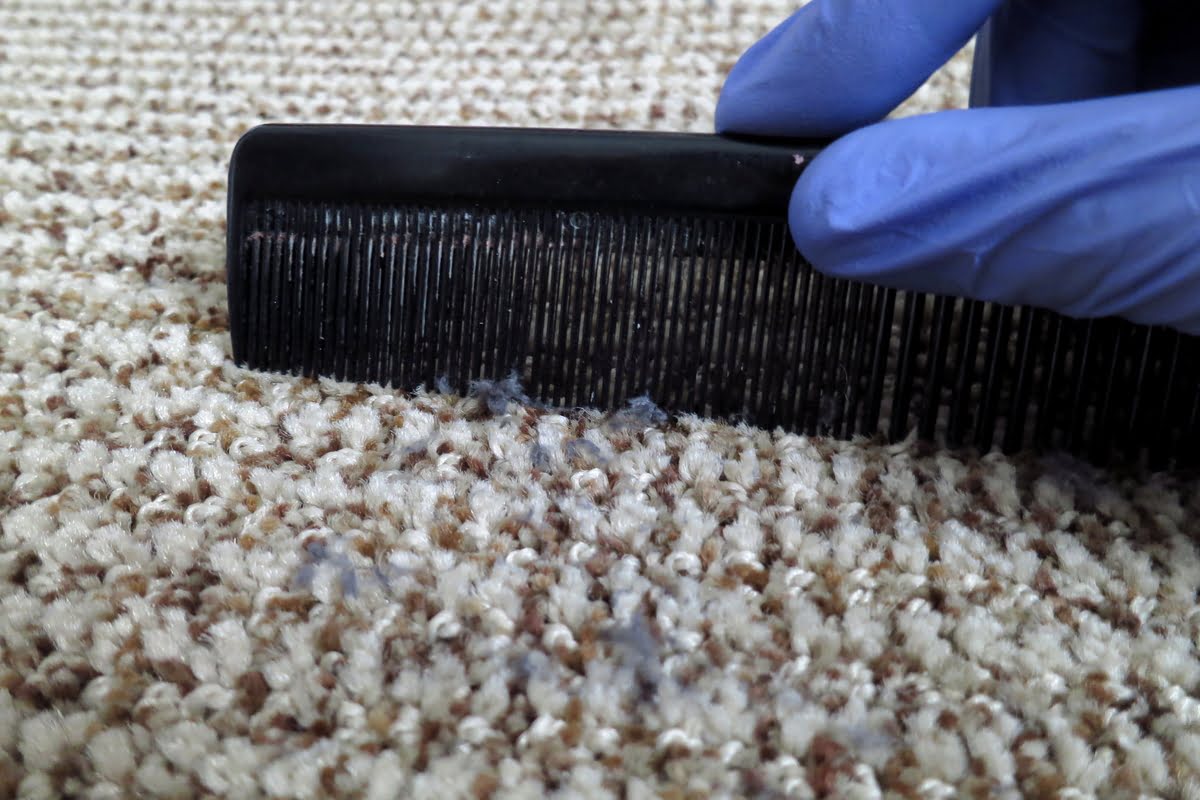
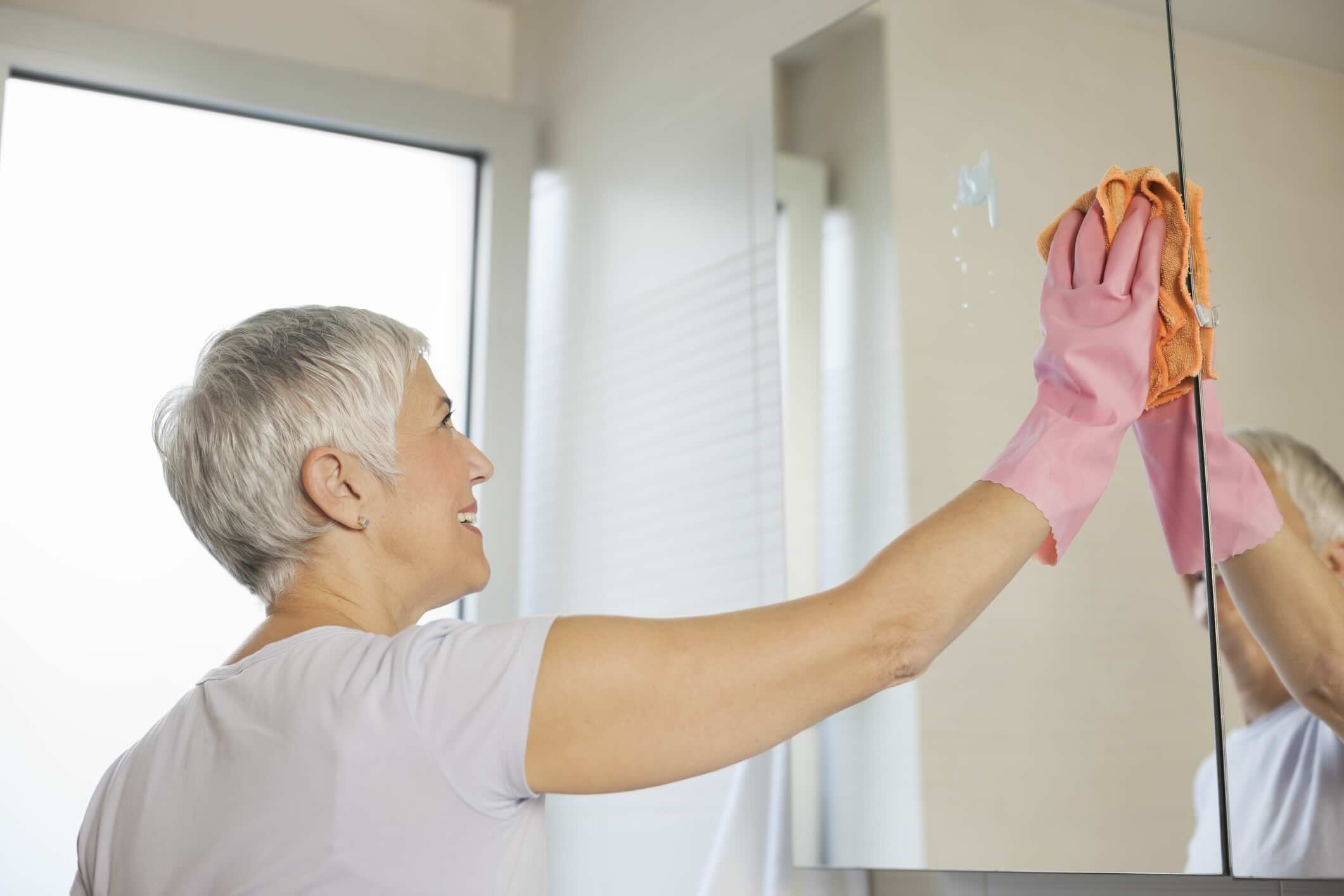
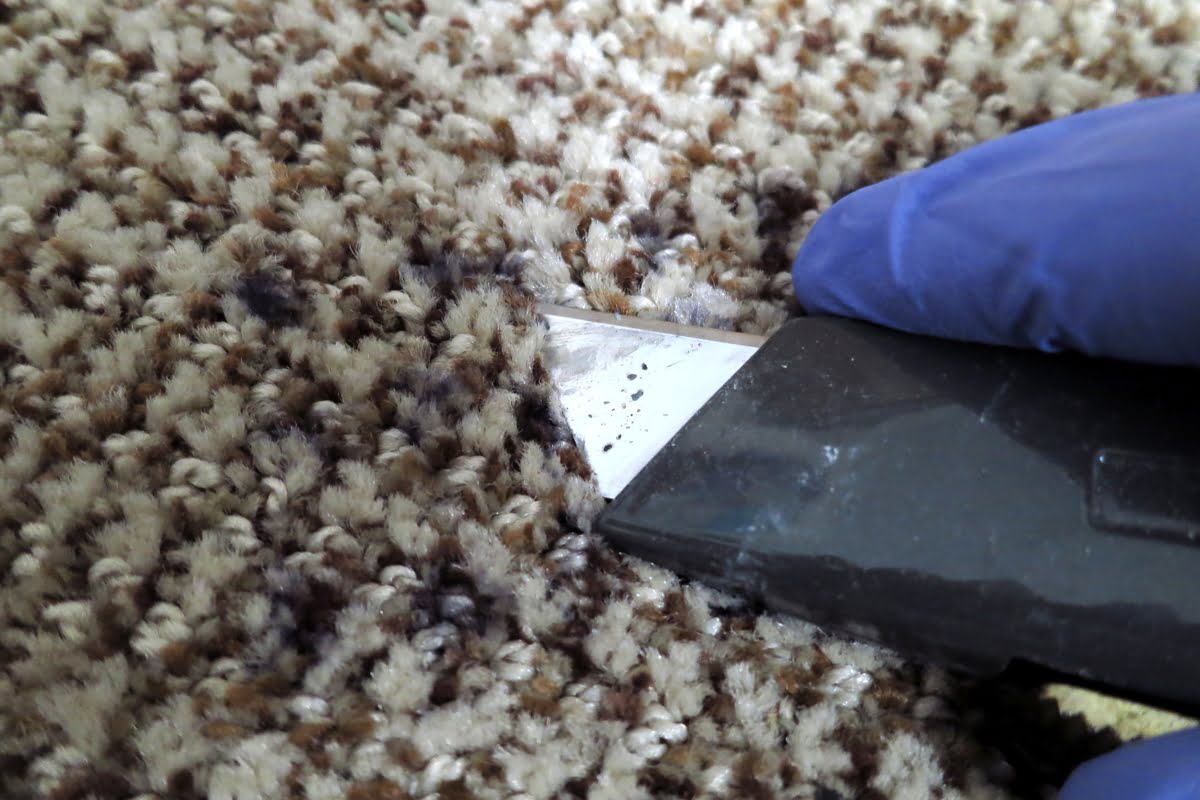
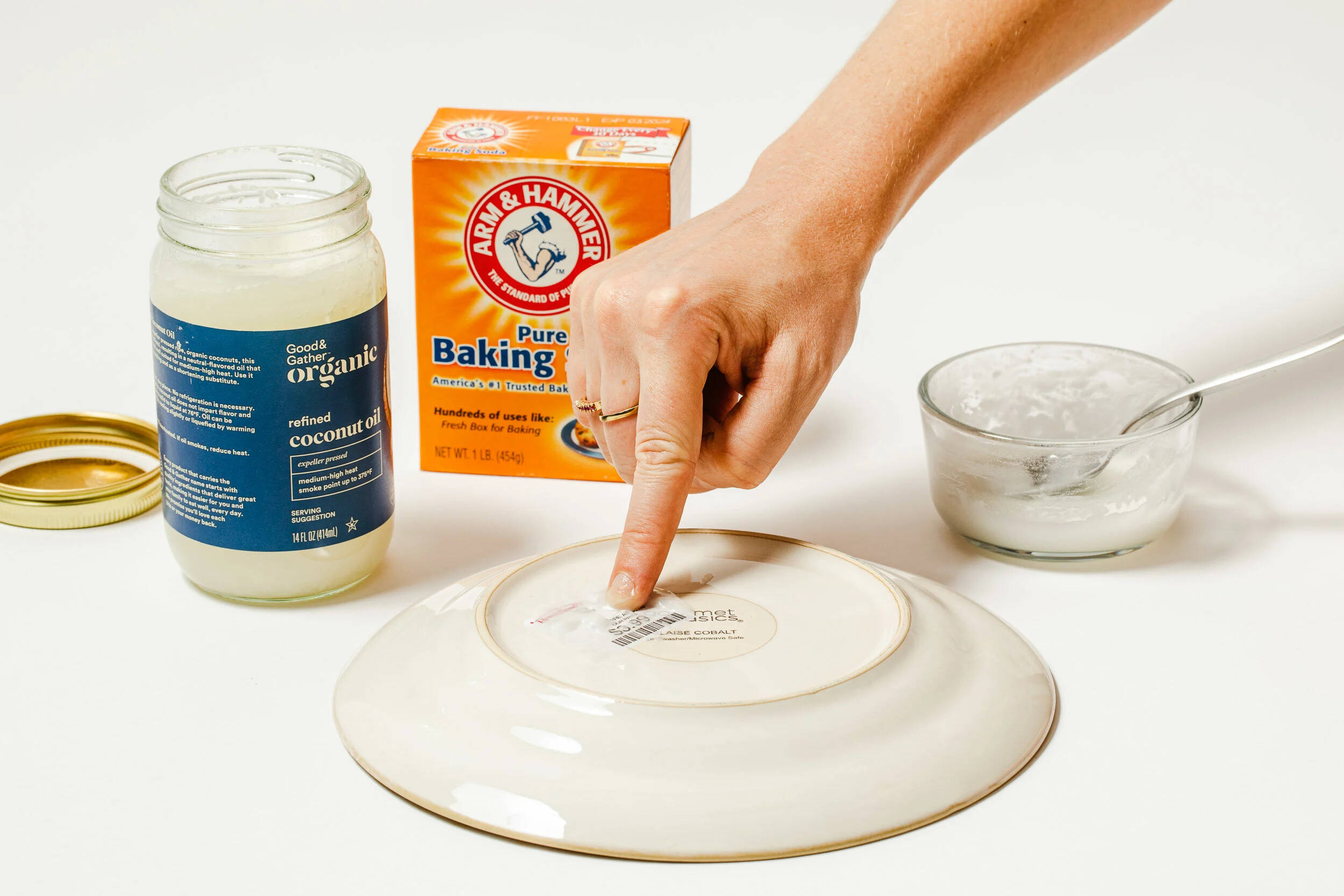
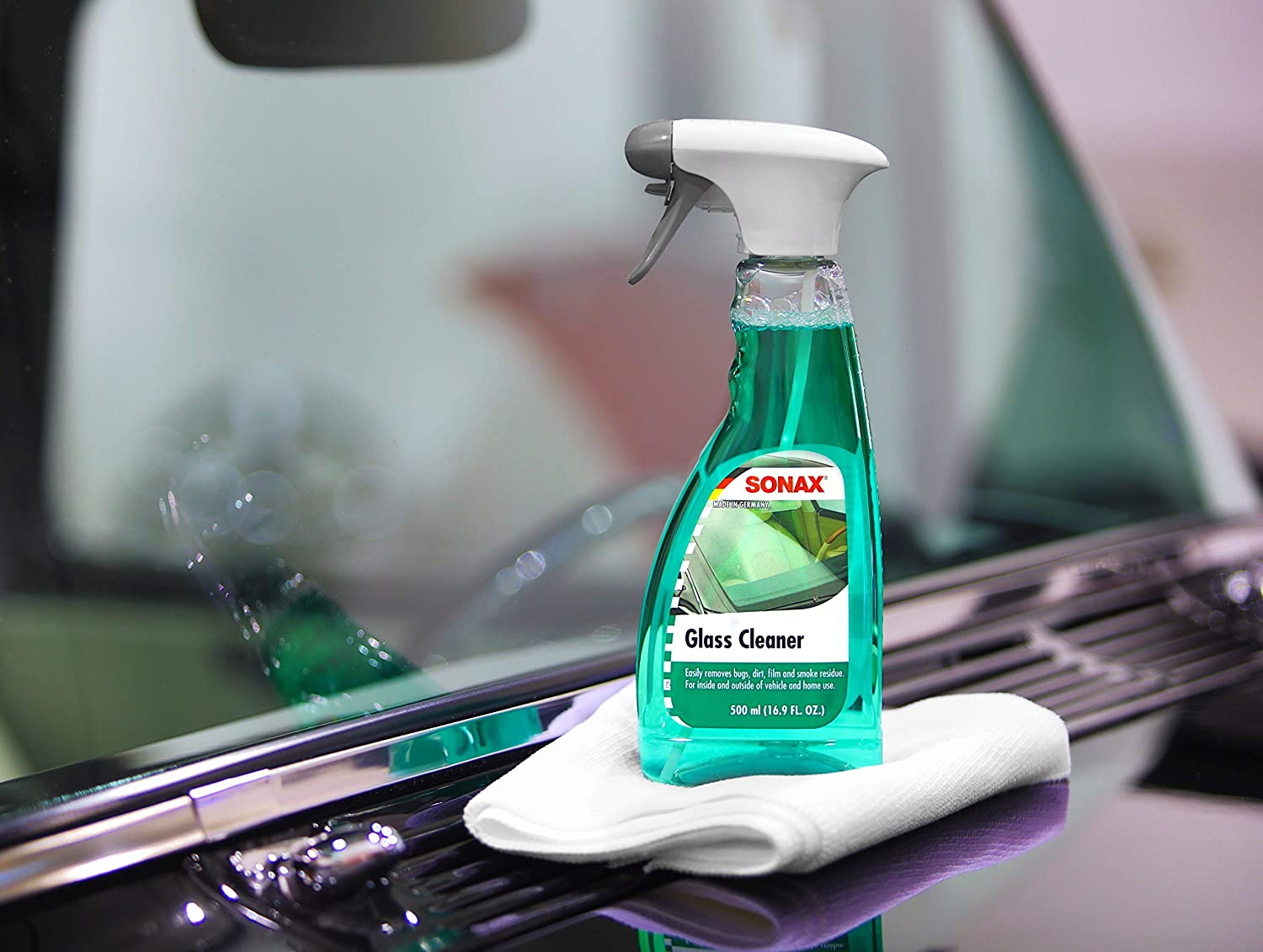
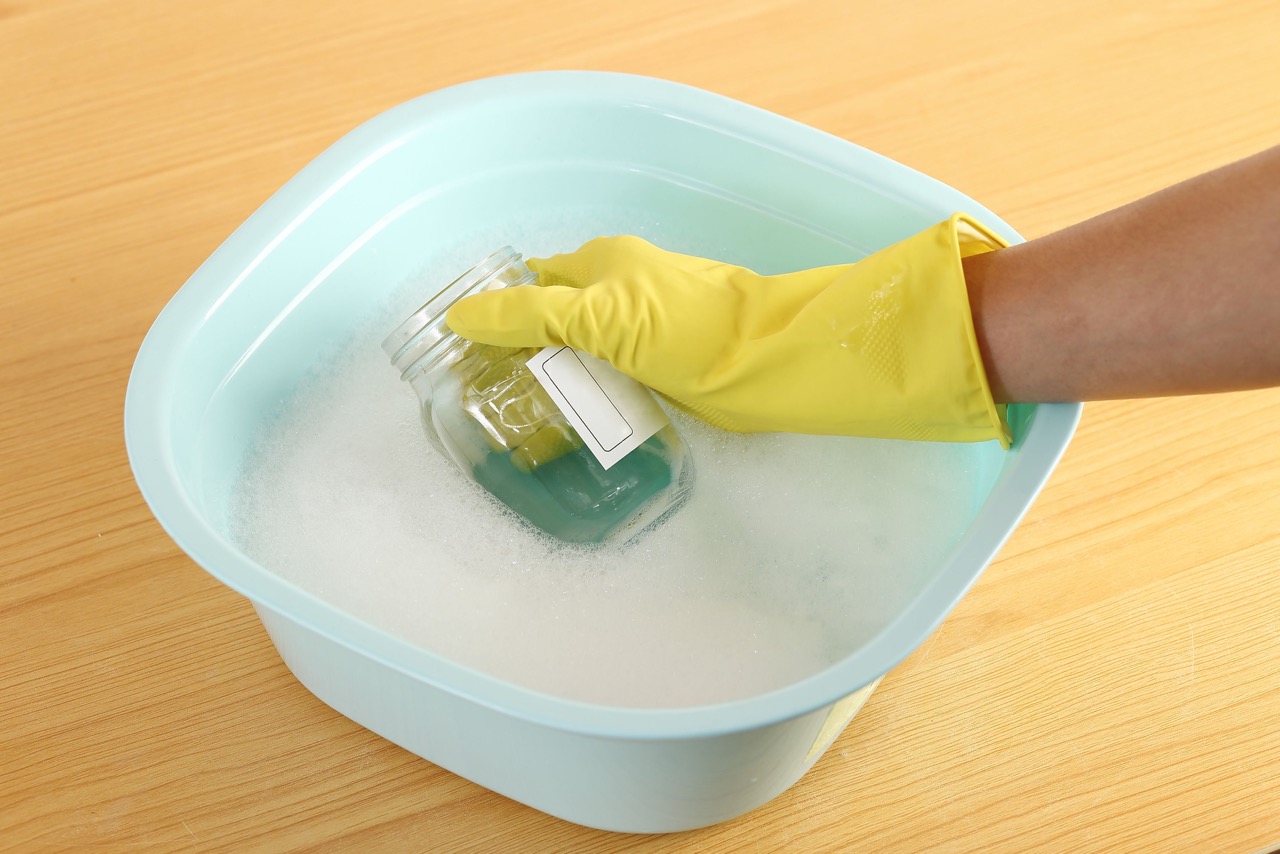
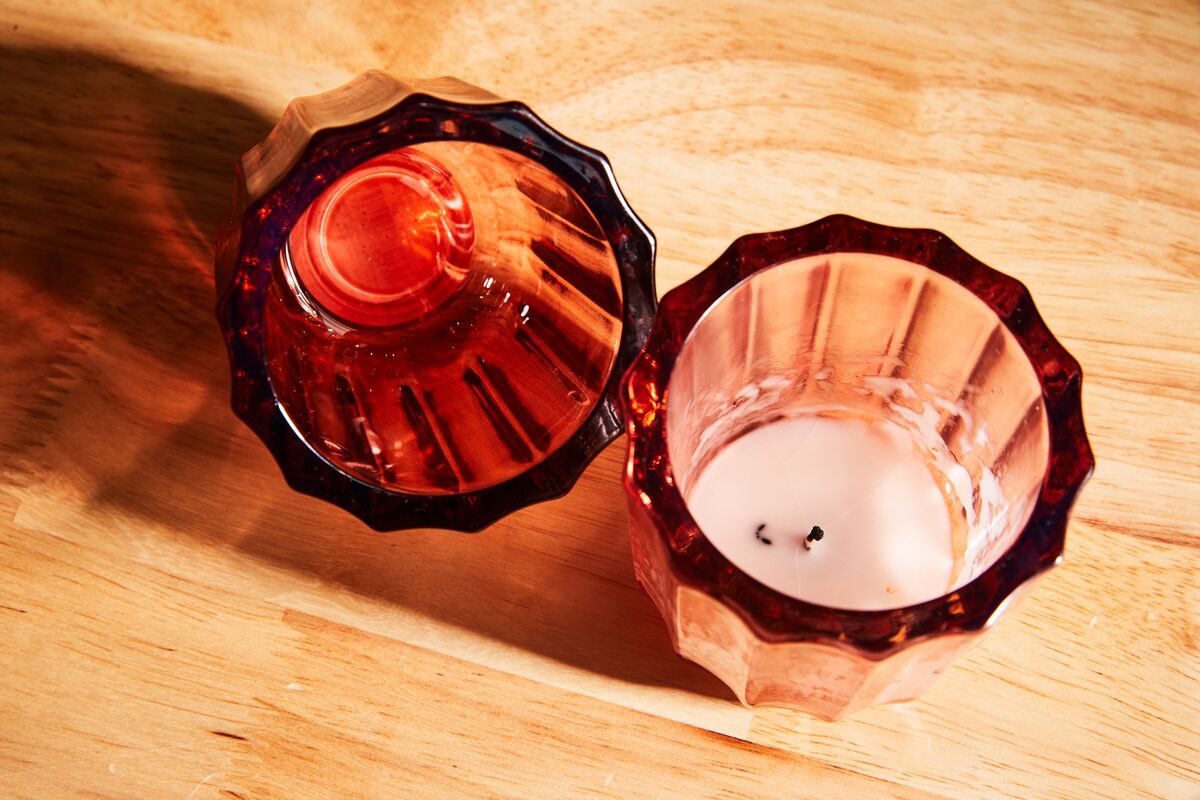
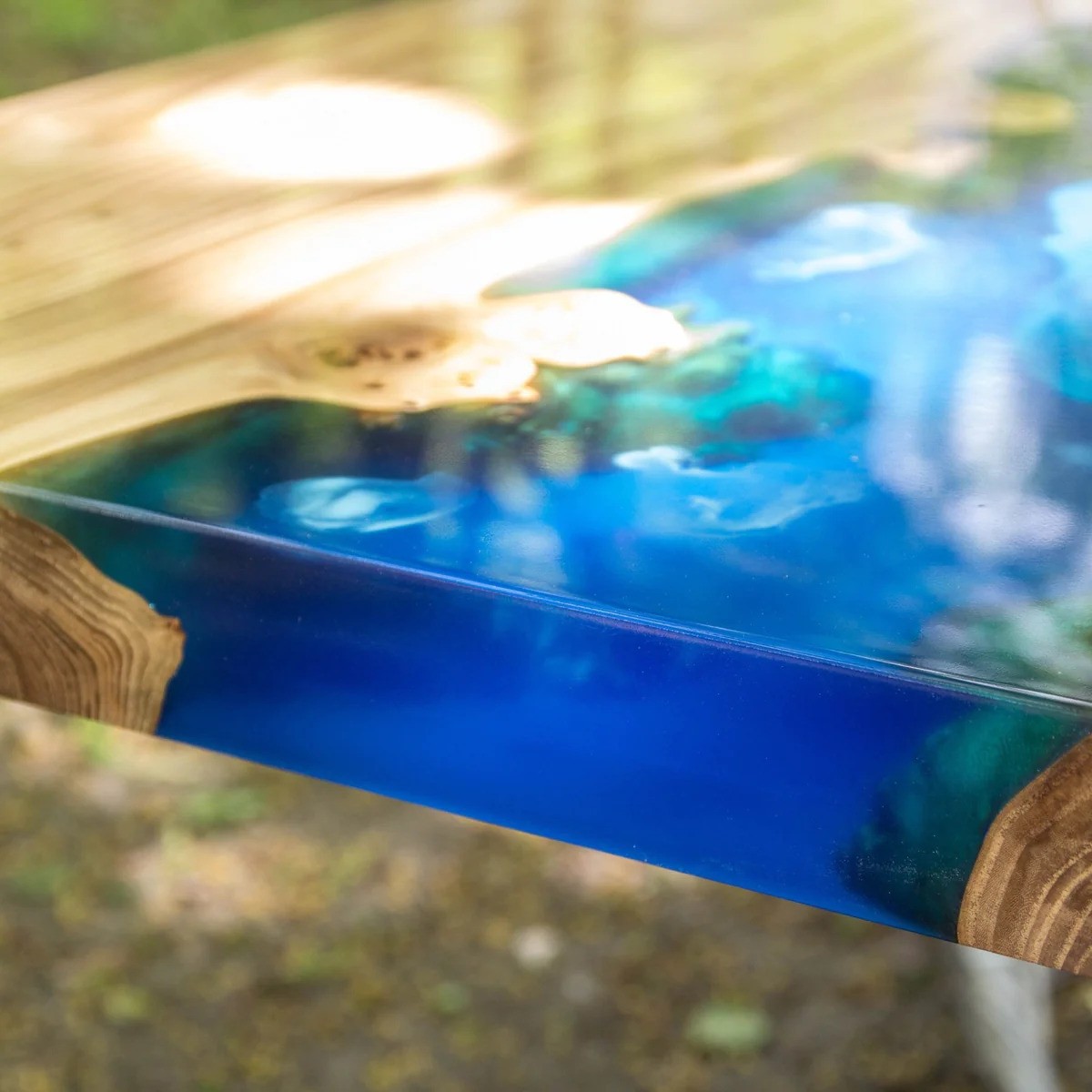
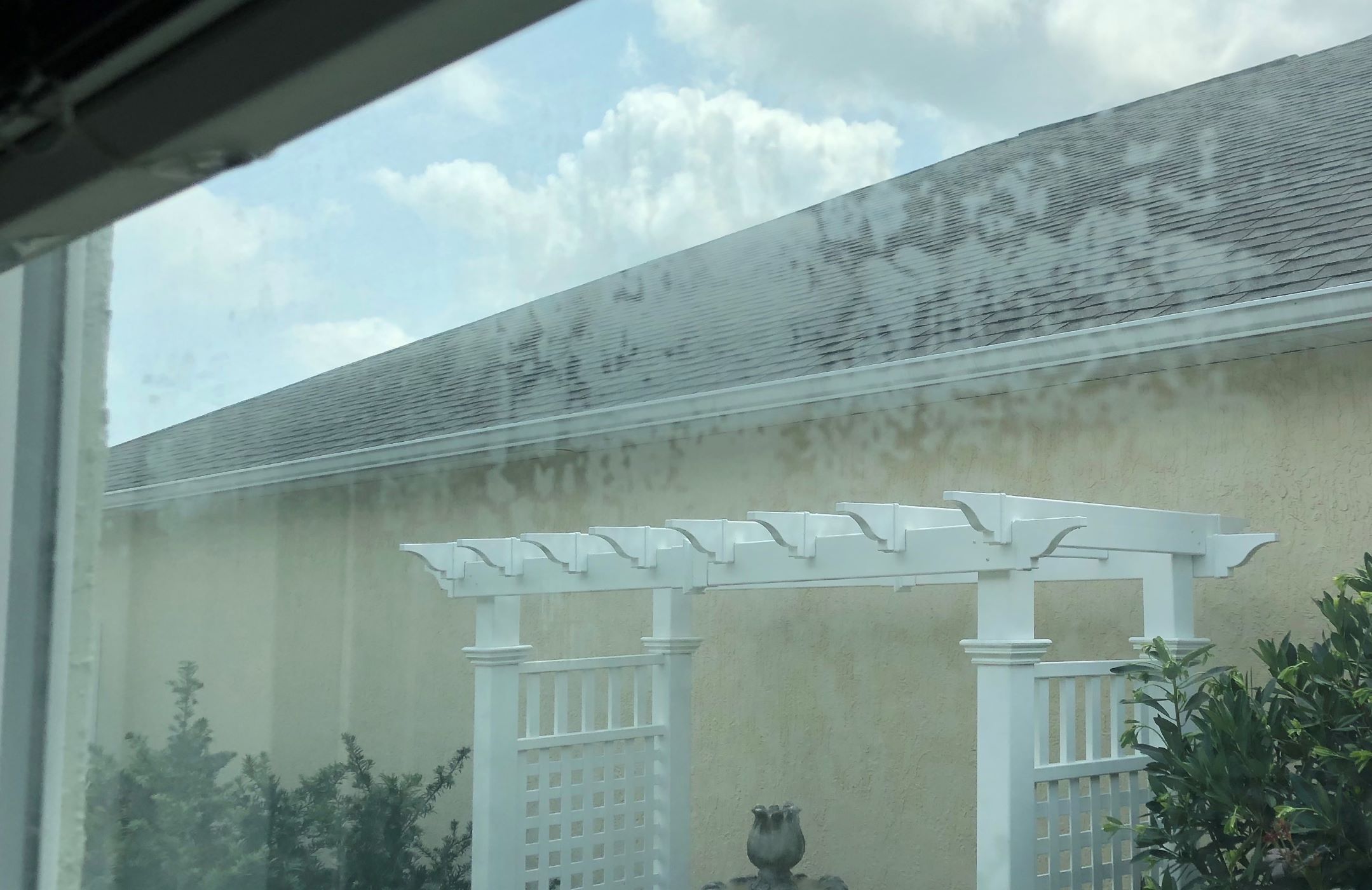
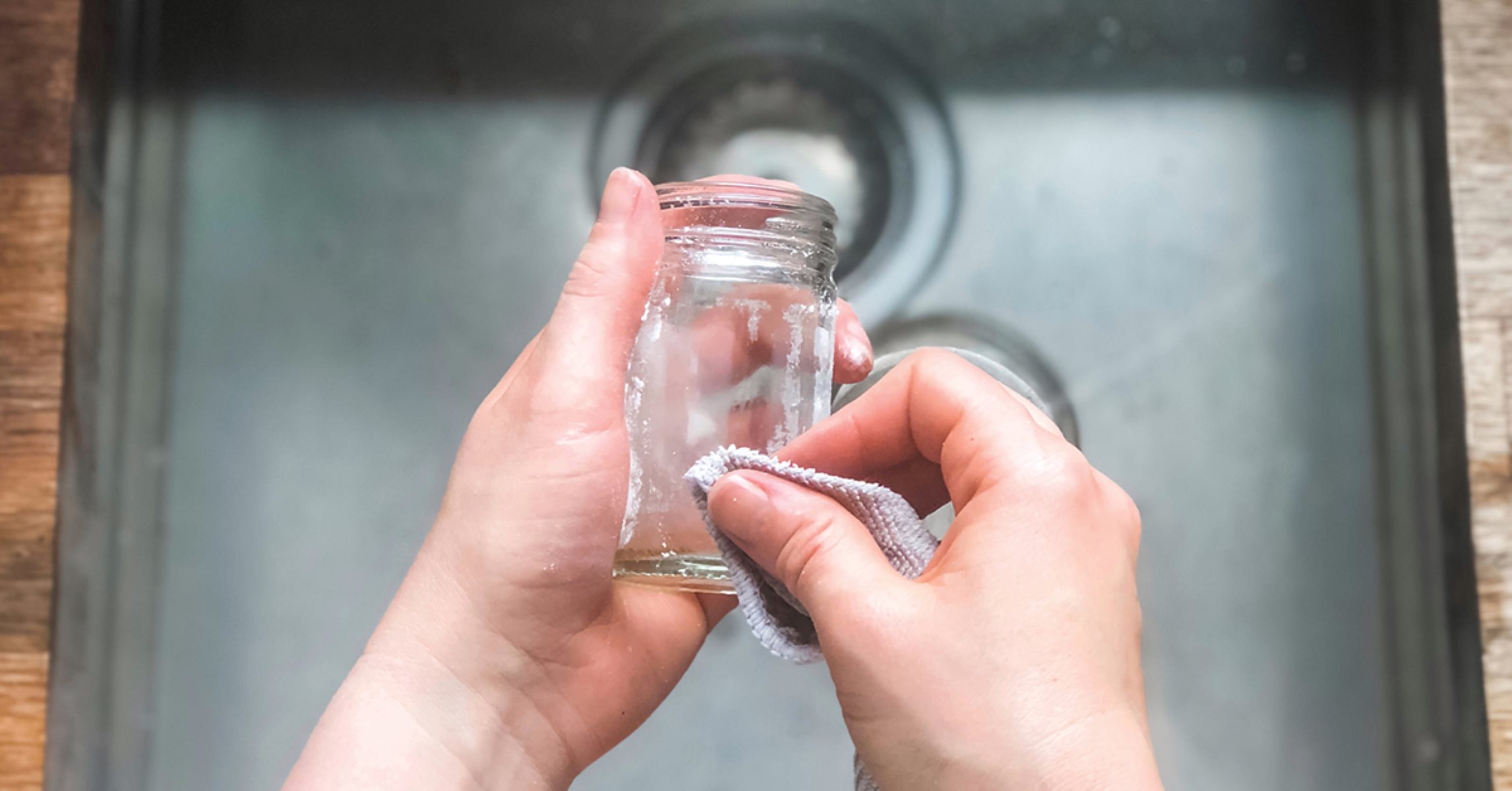
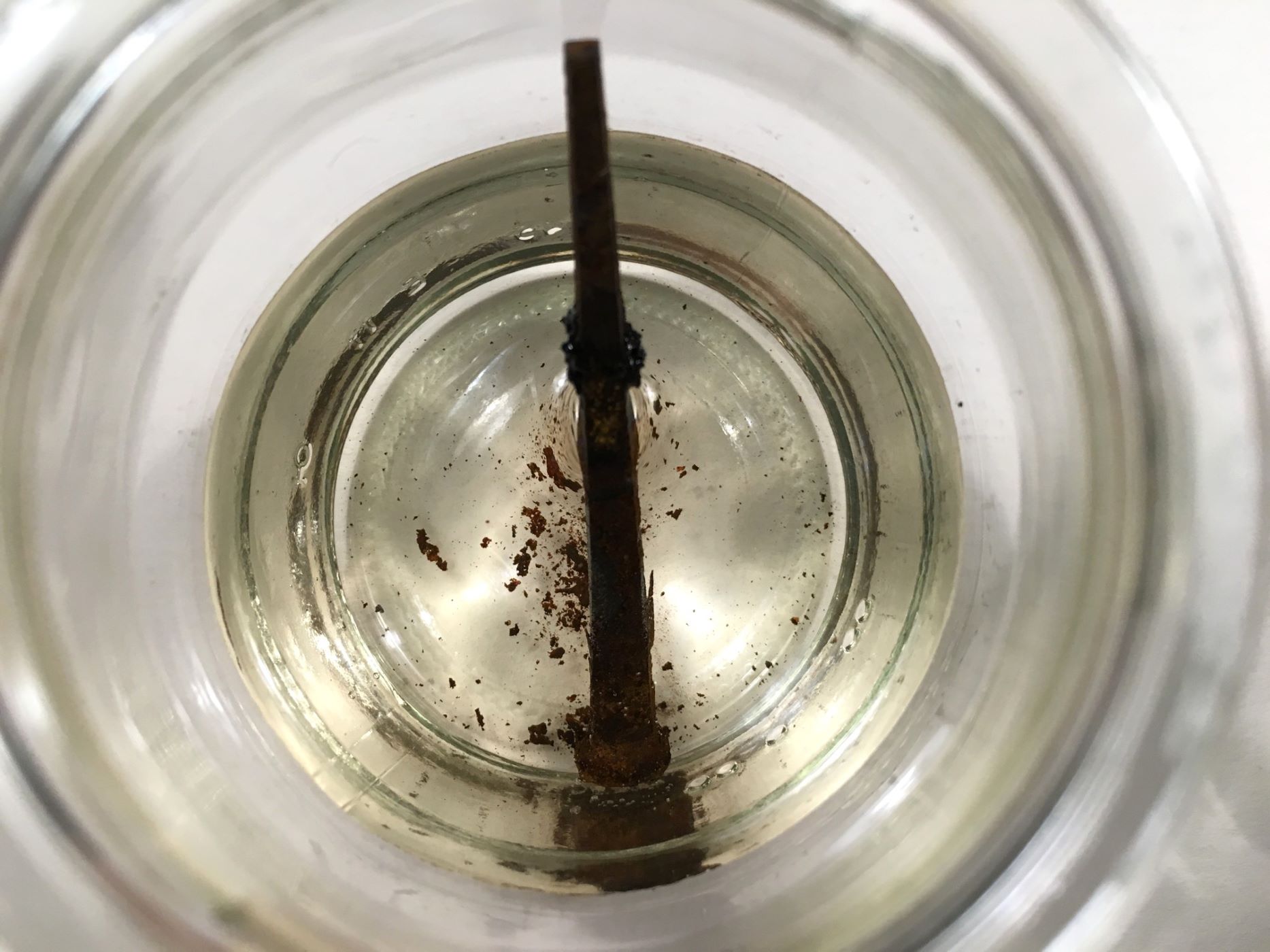
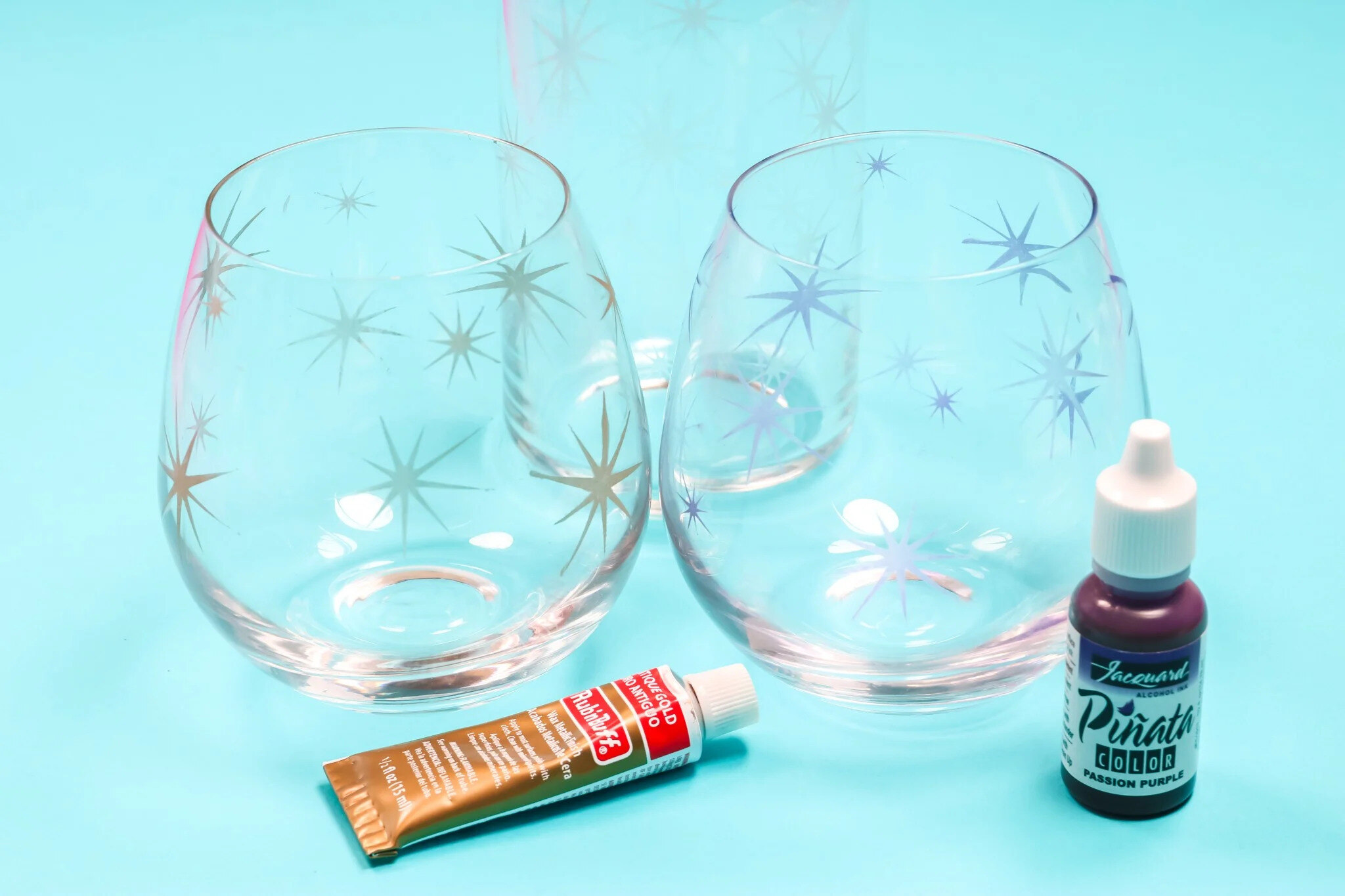
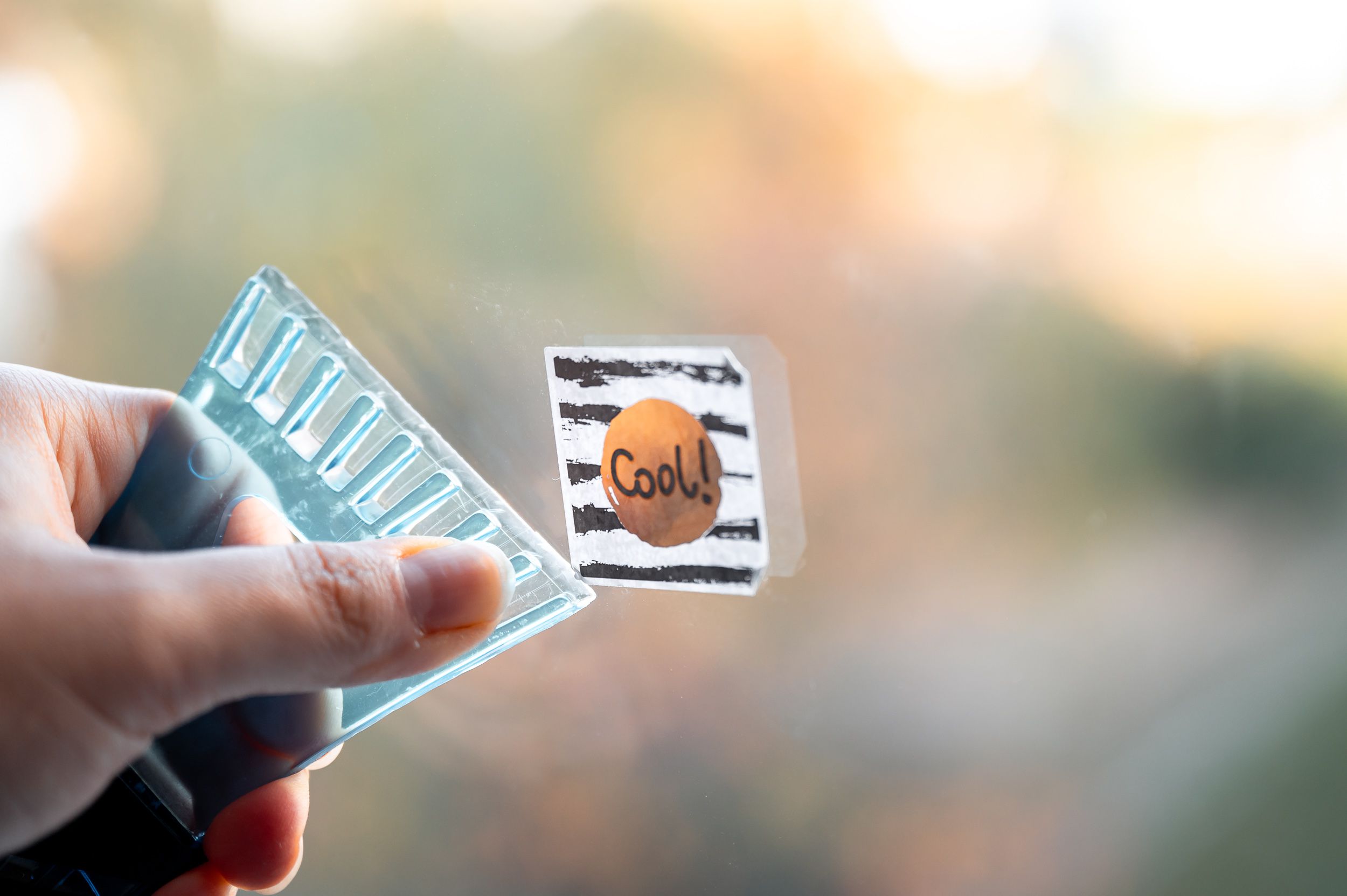

0 thoughts on “How To Remove Goo Gone Residue From Glass”